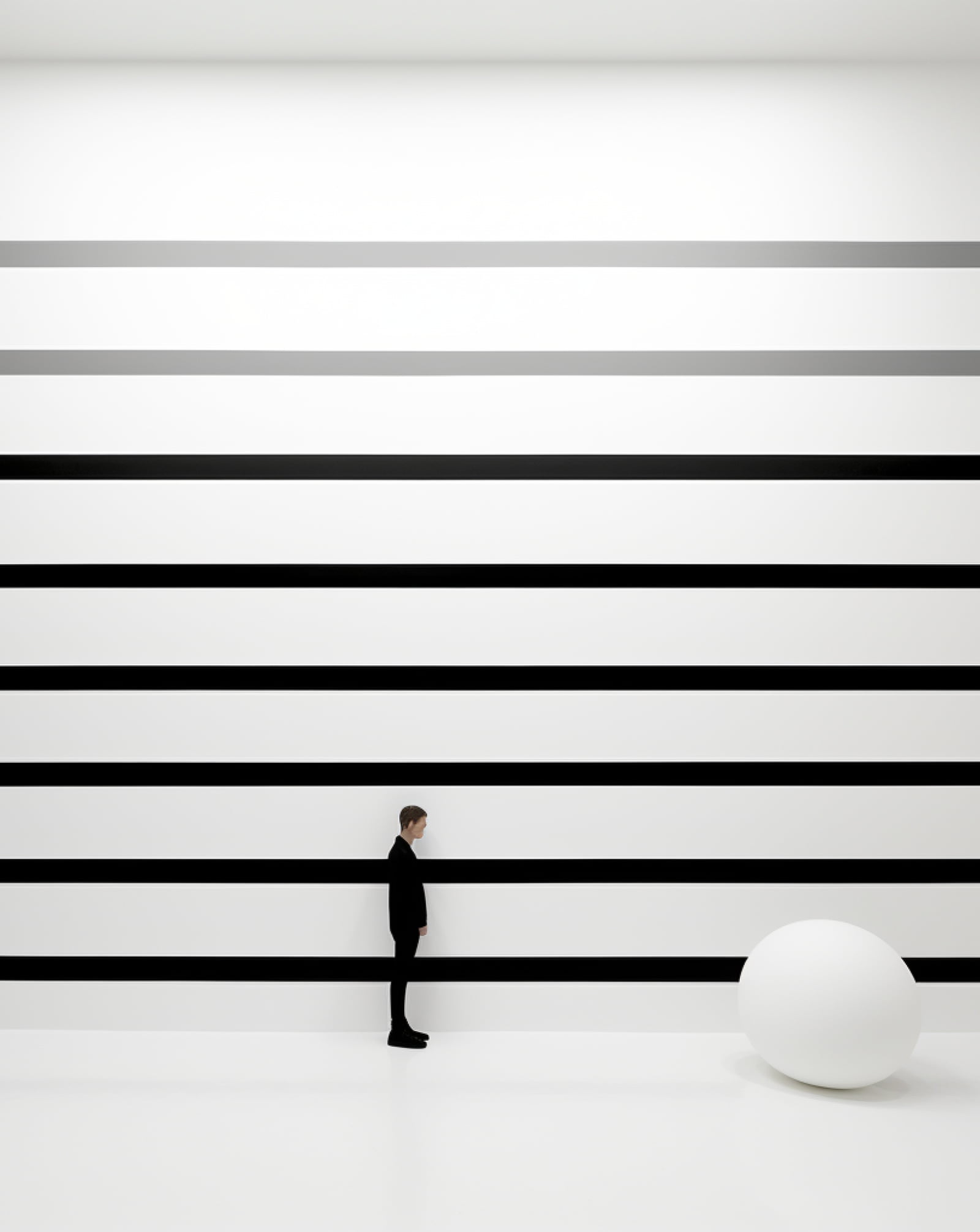Generative AI in Design isn’t just about streamlining time-consuming tasks; it’s reshaping the whole creative game. Say goodbye to the manual grind and hello to focusing on what really rocks—unbridled creativity and innovative thinking.
Talk about game-changers: Midjourney and Adobe’s Firefly are leading the pack. These aren’t just shiny new tools; think of them as your creative wingmen in the design journey. They’re breaking the mold by offering an entirely new palette of possibilities — from idea inception to that final deliverable. With these platforms, the line between imagination and execution gets blurry, making way for an unprecedented fusion of art and technology.
But let’s keep it real. Using generative AI in design isn’t all unicorns and rainbows. We’ve got to talk about the sticky stuff like ownership and copyright. While most of these platforms roll with royalty-free images, they’re pretty much hands-off when it comes to copyrighting the final piece. Still, AI is shaping up to be a big player in design’s future.
It’s not here to steal the designer’s thunder—instead, it’s unlocking the doors to set our creativity free and whip up even better designs.




